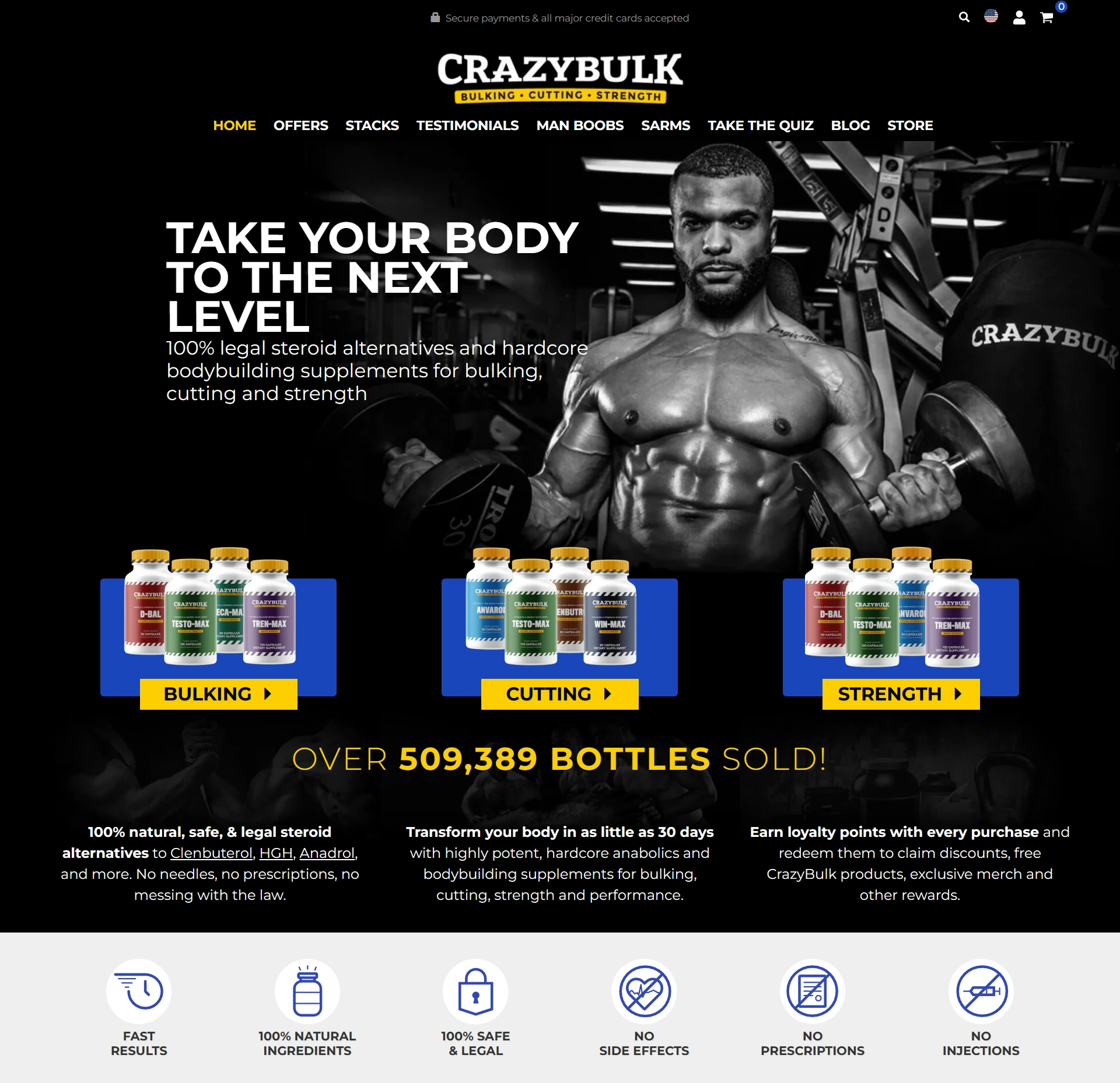testosterone cypionate 250 for sale
Add a reviewOverview
-
Sectors Programme Officer
-
Posted Jobs 0
-
Viewed 282
Company Description
Testosterone Therapy: Review of Clinical Applications

Testosterone Therapy: Review of Clinical Applications
In men, this includes the prostate, the seminal vesicles, and the testicles. This treatment is called testosterone replacement therapy, or TRT. TRT can be given as a pill, gel, patch, injection, or implant. Beginning around age 30 to 40, testosterone levels may start to slowly decrease. This medication works by reducing the conversion of testosterone to estrogen and can raise testosterone levels and reduce estrogen levels. The advantages of this therapy include convenience and decreased frequency of dosing.
Topical patches stick to the skin and stay in place for 24 hours until the next dose. They typically come in doses of between 2 milligrams (mg) and 5 mg. The downsides to patches are that they are not cosmetically appealing and often cause skin irritations.
Restoring testosterone levels to within the normal range by using testosterone replacement therapy can improve many of the effects of hypogonadism. Most importantly, these include beneficial effects on mood, energy levels and patients’ sense of well-being, sexual function, lean body mass and muscle strength, erythropoiesis and bone mineral density (BMD), cognition and some benefits on cardiovascular risk factors. Testosterone is well known to help in libido, bone density, muscle mass, body composition, mood, erythropoiesis, and cognition.
Millions of American men use a prescription testosterone injection or gel as forms of testosterone replacement therapy (often referred to as TRT therapy) to restore normal levels of the manly hormone. The ongoing pharmaceutical marketing blitz promises that low-T treatment can make men feel more alert, energetic, mentally sharp, and sexually functional. The Low T Center team is committed to providing convenient and affordable testosterone therapy and men’s healthcare options to fit your lifestyle. We design our customized healthcare programs to be accessible, affordable, and convenient. We offer telehealth testosterone treatment programs that allow you and your provider to cooperatively manage your care right from the comfort of your home, often with fewer in-office appointments. We aim to exceed your expectations by providing practical health management solutions that work for you.
Also, the legal steroids to boost testosterone [primopianomolise.it] are often combined (“stacked”) with other substances like stimulants, pain relievers, and growth hormones to boost the overall muscle-building effect. Most experts recommend screening for prostate cancer before starting testosterone replacement. Men with prostate cancer or elevated prostate-specific antigen (PSA) should probably avoid testosterone treatment. Testosterone levels are highest in men around age 17 and drop as they age, starting between ages 30 and 40. The drop is very gradual (about 1% per year) but increases as you get older. By age 70, the average man’s testosterone is 30% below its peak, but it’s usually still within the normal range.
Regardless of the type of testosterone replacement therapy chosen, you will need to be monitored at regular intervals (usually every 3-6 months); both to confirm good control of your symptoms and to ensure that there are no potentially dangerous side effects. Studies are mixed on whether TRT is beneficial for normal men as they age. Some research has brought up serious risks with the therapy, particularly when taken long term. Healthcare providers and medical researchers don’t know how to prevent low testosterone from genetic conditions or damage to your testicles, hypothalamus or pituitary gland. A person applies nasal testosterone gel to the inside of the nose. They will need to do this three times a day at intervals of 6–8 hours, preferably at the same times every day. The dosage is usually 11 mg per application across both nostrils, resulting in a total dosage of 33 mg daily.
We don’t give testosterone as a pill, because it can cause liver toxicity when it’s metabolized through the gut. However, testosterone can be safely administered as a gel that you apply to your skin, injections that you give yourself at home, or as a pellet implant performed in the doctor’s office. Your physician can help you determine which method is right for you. To minimize risk, the goal for people taking masculinizing hormone therapy is to keep hormone levels in the range that’s typical for cisgender men — men whose gender identity aligns with their sex assigned at birth.
Others, such as a deeper voice, a larger clitoris, scalp hair loss, and more body and facial hair, cannot be reversed. The testosterone that’s used for masculinizing hormone therapy is identical to the hormone that the testicles and ovaries make naturally. Don’t use synthetic androgens, such as oral methyl testosterone or anabolic steroids. It’s unclear whether masculinizing hormone therapy raises the risk of ovarian and uterine cancer.
A mid-morning total serum testosterone level should be obtained. A target range of 400 to 500 ng/dL (14.0 to 17.5 nmol/L) for older men is suggested. However, if there is no symptomatic response, higher levels may be necessary. For injectable testosterone, the serum level can be measured between injections. For men treated with a transdermal testosterone patch, the serum level should be measured 3 to 12 hours after patch application. In patients receiving buccal testosterone tablets, the serum level should be measured immediately before application of a fresh system.
There are a lot of natural products that claim they can increase your testosterone levels. But according to Dr. James Hotaling, none of them have been proven to help. There are, however, some lifestyle changes you can make that are supported by research.
